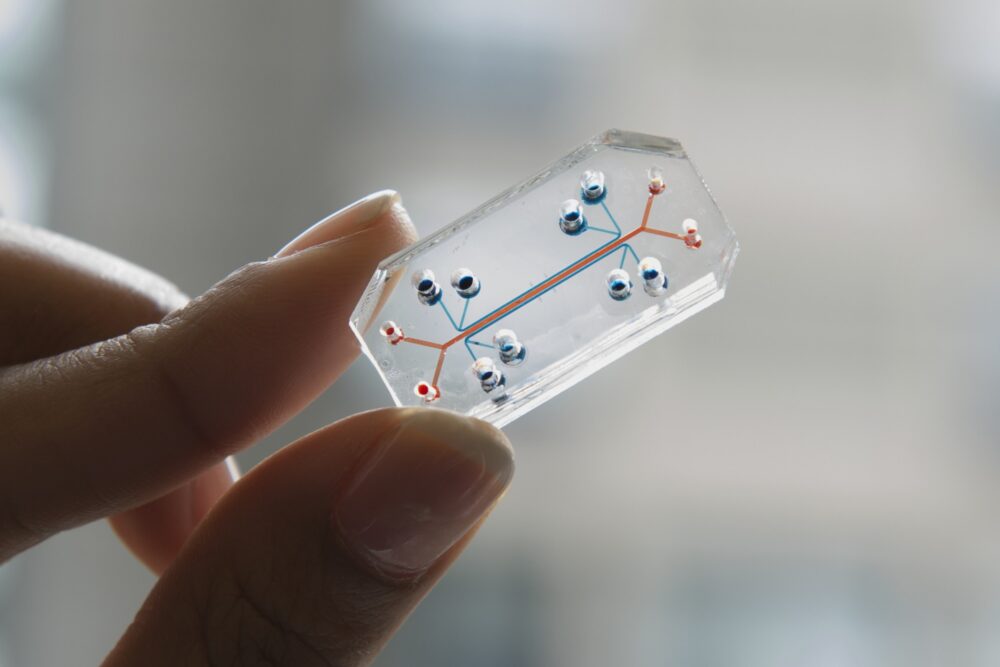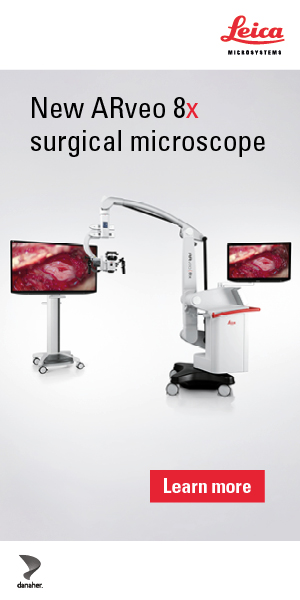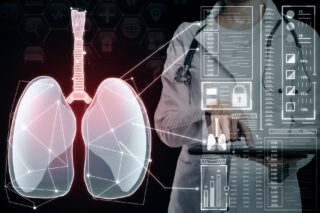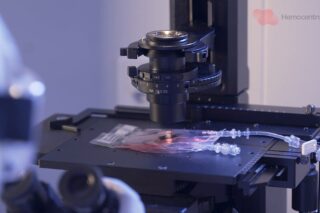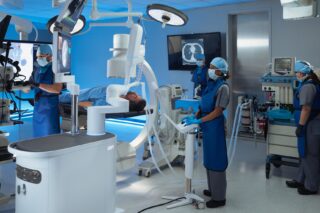Organoids and organs-on-a-chip are emerging as powerful tools in biomedical research. France is actively building its ecosystem to lead in this field. Yet, global pioneers like the U.S. and China continue to shape their trajectory amid ongoing scientific, regulatory, and ethical challenges.
Organoids and organs-on-a-chip represent a promising frontier in biomedical innovation. This enables more physiologically relevant models of human biology than traditional cell cultures or animal testing. Derived from stem cells or patient tissues, these models can replicate key aspects of organ function and disease. This opens new pathways for drug discovery, toxicity screening, and personalized medicine.
However, while the scientific momentum is undeniable, the field remains in its early stages. Standardization is lacking, regulatory frameworks are still evolving, and access to high-quality human cells remains a bottleneck. Despite these challenges, a growing network of researchers, biotech companies, and national initiatives is working to build the ecosystem needed to bring these technologies into routine use.
France, in particular, has taken concrete steps through the Strategic Industry and Health Technologies Contract (CSF-ITS) and the F3OCI (French Organoid and Organic Chips Initiative) to support this transition.
The goal is to validate and scale predictive models that could one day reduce clinical trial failures, replace animal testing, and tailor treatments to individual patients. But as experts caution, this is a long-term effort requiring sustained investment, regulatory alignment, and rigorous scientific validation.
READ: Journey of organ on a chip technology and its role in future healthcare scenario, “Since 2011, when US president announced the start of project on “human on chip” by the US research agencies, researchers across the globe became curious to understand and work on the possibilities of this concept.”
Organoids vs Organs-on-chip: Scientific Technological Insights
Animal toxicity tests often do not reflect human responses, as explained by Jean-Dominique Guitton, Scientific and Strategic Officer at BioValley France during a conference at Forum Labo. Guitton cited a 2023 study (with Emilet and IDIE) showing 8 molecules toxic in humans would have been identified earlier using organ-on-chip, avoiding clinical use and animal testing. He was very specific when defining both terms:
- Organoids: 3D structures from pluripotent or progenitor stem cells that self-organize and mimic partial organ functions.
- Organs-on-a-Chip: Incorporate microfluidics to enhance cellular maturation and simulate physiological exchanges, allowing for more complex and functional modeling.
Organoids often stay at an embryonic stage of development, while organs-on-chip allow cell maturation, inter-organ interaction, and sensor integration (pressure, temperature, etc.).
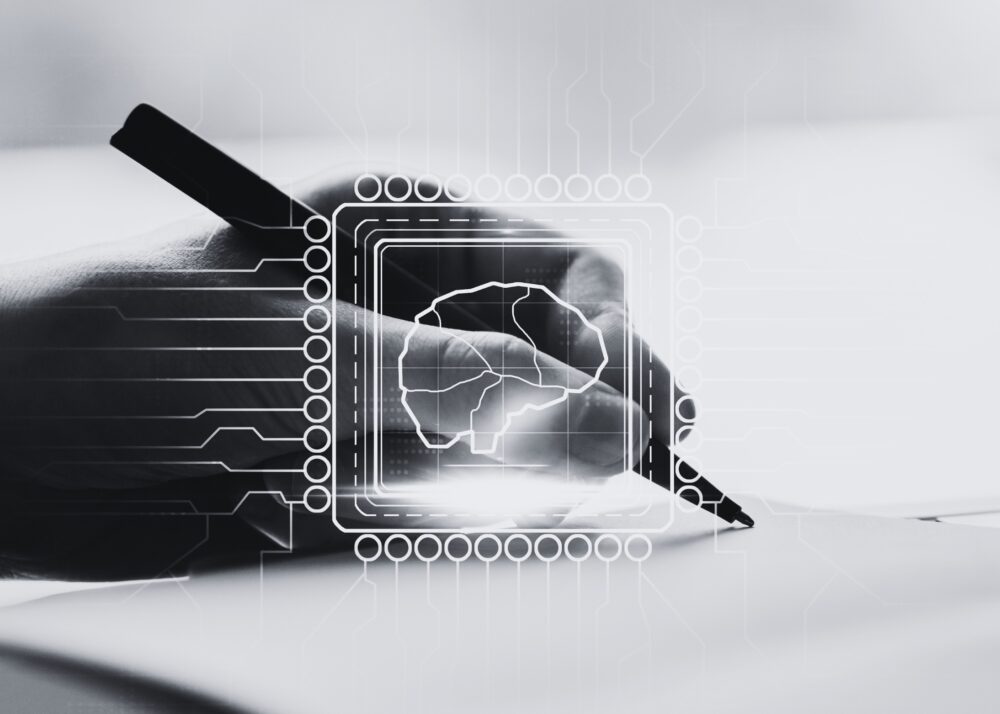
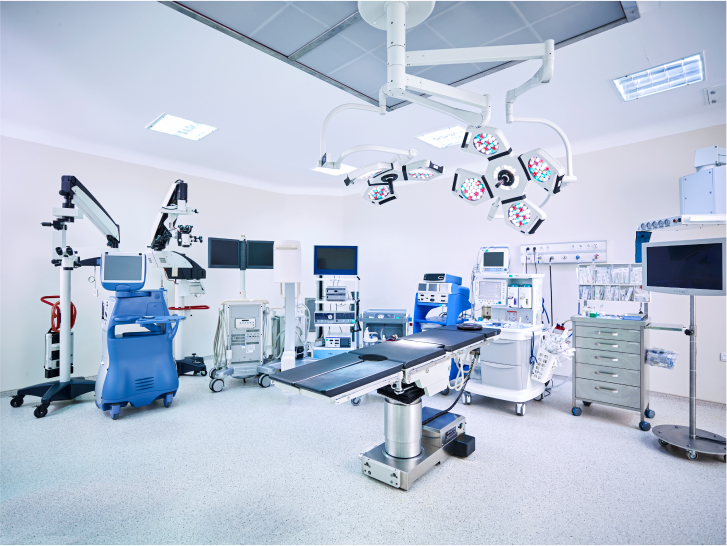
From Promise to Practice: Applications and Barriers
The potential applications of organoids and organs-on-a-chip span a wide spectrum of biomedical fields, from preclinical drug testing and oncology to toxicology, cosmetics, and even veterinary medicine. These models are increasingly used to predict human-specific responses, particularly in cases where animal models fall short.
“There are diseases we simply can’t model in animals,” Guitton emphasized during a presentation at Forum Labo in Paris in March 2025, “so organs-on-a-chip become essential for understanding mechanisms and tailoring treatments.”
One promising approach involves creating patient-derived avatars—miniaturized models of tumors—to screen for effective drug combinations in resistant cancers, an initiative already being piloted in institutions like Gustave Roussy. In toxicology, these systems are being explored as a way to reduce the 1.8 million animals used annually in France alone.
The integration of multiple organ systems on chips also allows researchers to simulate the metabolism and systemic effects of a drug, an advancement Guitton described as “a matrix of translation for therapeutic design.”
Yet these innovations are not without significant hurdles. Guitton underscored the lack of regulatory frameworks that accept these models as valid alternatives in clinical pipelines:
“It’s not tomorrow morning that this will be systematically implemented.”
The absence of standardized formats complicates automation and data comparison, especially for pharmaceutical companies that rely on robotic workflows. Access to diverse, high-quality human cells remains a core limitation, as does the ability to incorporate immune system interactions into these platforms, an increasingly important factor in immunotherapy research.
Ethical considerations also persist around informed consent and the commercial use of patient-derived materials. While public and private investment is beginning to build the necessary infrastructure—such as a €35 million manufacturing facility recently funded in France—true scalability will depend on continued scientific validation, policy alignment, and cross-sector collaboration.
France’s Strategic Role in a Global Movement
While organs-on-a-chip and organoid technologies have gained global traction, their origins can be traced largely to research efforts in the United States, particularly at institutions like Harvard.
“It really started over there,” noted Jean-Dominique Guitton, acknowledging that the U.S. remains “a step ahead” in publication volume and infrastructure.
China has also become a major contributor, with over 20,000 publications to date, reflecting a sharp rise in international competitiveness. In Europe, however, momentum is building. Countries such as the Netherlands, Italy, and the Nordic states have launched national strategies, often backed by early government investment. France has now joined their ranks with a concerted push to develop both the scientific and regulatory framework needed to support these technologies at scale.
Central to this effort is the F3OCI (French Organoid and Organic Chips Initiative), an alliance spearheaded by BioValley France in collaboration with stakeholders like Enosis Santé, France Biotech, and Netri. Structured under the Strategic Industry and Health Technologies Contract (CSF-ITS 2023–2026), this initiative aims to unify academia, biotech, and pharmaceutical sectors through coordinated funding, education, and access to biological materials.
Workshops such as the recent session at Institut Curie are designed to showcase advancements, identify best practices, and accelerate ecosystem development. France is also working on a national mapping of actors and projects to foster collaboration and transparency. As Guitton emphasized:
“We’re structuring a community that has long worked in isolation—now is the time to connect, align, and move forward together.”
With the foundations in place and international collaboration on the rise, France is poised to play a decisive role in shaping the future of predictive and personalized medicine in Europe and beyond.
